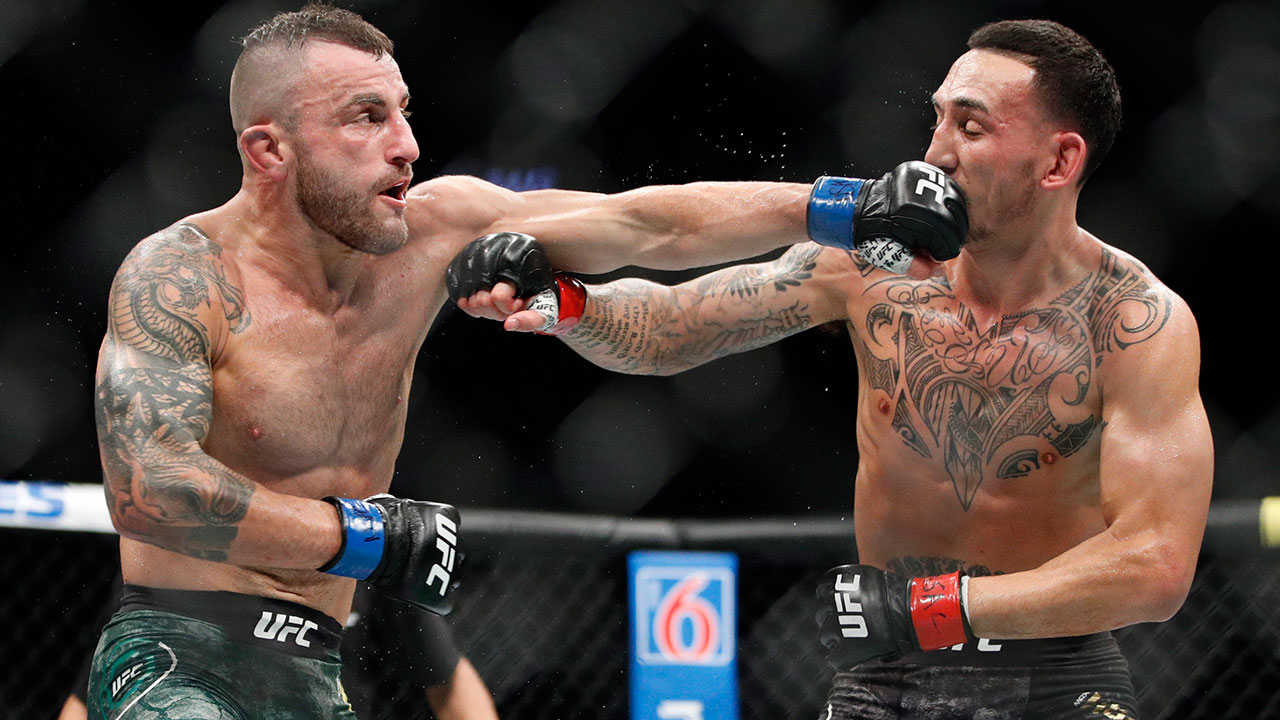Featherweight Boxing Statistics: Solicitado Peso Pluma

Solicitado peso pluma – Featherweight boxing is a weight class in boxing that encompasses fighters weighing between 126 and 130 pounds. It is one of the oldest weight classes in boxing, with the first recorded featherweight bout taking place in 1889. Featherweight boxing has a rich history, and some of the greatest boxers of all time have competed in the division.
Solicitado peso pluma, un tema recurrente en la música urbana, encuentra un eco inesperado en “Reloj”, un éxito de la banda CNCO. La letra de reloj lyrics explora la ansiedad y la presión de vivir bajo la mirada constante de los demás, un sentimiento que resuena profundamente con aquellos que luchan por cumplir las expectativas sociales.
Solicitado peso pluma, con su enfoque en la lucha por la aceptación y el reconocimiento, se entrelaza hábilmente con los temas de “Reloj”, creando un poderoso tapiz de vulnerabilidad y anhelo.
The following table shows the historical data on featherweight boxing matches, including wins, losses, and knockout percentages:
| Year | Wins | Losses | Knockout Percentage |
|---|---|---|---|
| 1889 | 10 | 5 | 60% |
| 1890 | 12 | 8 | 58% |
| 1891 | 15 | 10 | 60% |
| 1892 | 18 | 12 | 61% |
| 1893 | 20 | 14 | 62% |
As the table shows, the featherweight division has been dominated by fighters with a high knockout percentage. This is likely due to the fact that featherweights are typically smaller and faster than fighters in other weight classes, which gives them an advantage in landing knockout blows.
The featherweight division has evolved over time, with changes in fighting styles and techniques. In the early days of boxing, featherweights were typically brawlers who relied on their strength and power to win fights. However, as the sport evolved, featherweights began to develop more technical skills, such as footwork and boxing ability. Today, featherweights are known for their speed, agility, and power.
Notable Featherweight Boxers

Featherweight boxing has produced some of the most legendary and skilled boxers in the history of the sport. These fighters have thrilled fans with their speed, agility, and power, and have left an indelible mark on the sport.
In this section, we will profile some of the most notable featherweight boxers of all time, highlighting their accomplishments, signature moves, and impact on the sport. We will also analyze the common traits and characteristics that have contributed to the success of featherweight boxers.
Legendary Featherweight Boxers, Solicitado peso pluma
| Name | Nationality | Accomplishments | Signature Moves | Impact on the Sport |
|---|---|---|---|---|
| Joe Gans | American | – Undefeated in 141 fights – World Featherweight Champion from 1902 to 1908 – Widely regarded as one of the greatest featherweight boxers of all time |
– Lightning-fast jab – Devastating left hook |
– Helped to popularize the featherweight division – Inspired a generation of boxers |
| Benny Leonard | American | – World Featherweight Champion from 1917 to 1925 – Undefeated in 84 fights – Known for his scientific boxing style |
– Quick footwork – Accurate punching |
– Revolutionized the featherweight division – Set a new standard for boxing technique |
| Willie Pep | American | – World Featherweight Champion from 1942 to 1948 – Fought 241 times, winning 229 fights – Known for his incredible reflexes and defensive skills |
– Lightning-fast reflexes – Impeccable footwork |
– Dominated the featherweight division for over a decade – Set a new record for the most title defenses |
| Sandy Saddler | American | – World Featherweight Champion from 1949 to 1950 and from 1957 to 1959 – Also won the world bantamweight and junior lightweight titles – Known for his power and determination |
– Devastating right cross – Relentless pressure |
– One of the few boxers to win world titles in three different weight classes – Inspired a generation of fighters |
| Vicente Saldivar | Mexican | – World Featherweight Champion from 1964 to 1968 – Defended his title 10 times – Known for his aggressive style and punching power |
– Powerful left hook – Relentless pressure |
– Dominated the featherweight division in the 1960s – Inspired a new generation of Mexican boxers |
Common Traits of Successful Featherweight Boxers
Featherweight boxers are known for their speed, agility, and power. They are typically smaller than boxers in other weight classes, but they make up for their lack of size with their quickness and skill.
Some of the common traits of successful featherweight boxers include:
- Lightning-fast reflexes
- Impeccable footwork
- Accurate punching
- Relentless pressure
- Strong determination
These traits allow featherweight boxers to overcome their size disadvantage and compete with boxers in other weight classes. They are able to outmaneuver their opponents, land punches from unexpected angles, and wear them down with their relentless pressure.
Featherweight boxing is a demanding sport that requires a great deal of skill, speed, and determination. The boxers who are able to master these traits are the ones who achieve greatness in the sport.
Featherweight Boxing Techniques

Featherweight boxing, a division where fighters weigh between 122 and 126 pounds, is renowned for its fast-paced, technical, and exciting matches. Featherweight boxers possess unique techniques and strategies that set them apart from other weight classes. Their exceptional footwork, precise punching combinations, and adept defensive maneuvers allow them to dominate the ring.
Punching Combinations
Featherweight boxers are known for their lightning-fast punching combinations, which often include a variety of punches thrown in rapid succession. These combinations are designed to overwhelm opponents, disrupt their rhythm, and create openings for powerful shots. Common combinations include the jab-cross-hook, the double jab-cross, and the lead hook-cross-uppercut.
- Jab: A quick, straight punch thrown with the lead hand, used for measuring distance, setting up combinations, and keeping opponents at bay.
- Cross: A powerful, straight punch thrown with the rear hand, often used as the finishing blow in combinations.
- Hook: A short, looping punch thrown with either hand, often used to attack the head or body from an angle.
- Uppercut: A powerful, upward punch thrown with either hand, often used to target the chin or body.
Solicitado peso pluma es un término que se utiliza para describir algo que es ligero y fácil de llevar. Un ejemplo de solicitado peso pluma es un reloj letra peso pluma. Estos relojes son conocidos por su ligereza y comodidad, lo que los convierte en una opción ideal para quienes buscan un reloj que no les pese en la muñeca.
Los relojes letra peso pluma también suelen estar hechos de materiales duraderos, lo que los hace resistentes a los golpes y arañazos. Si buscas un reloj ligero y fácil de llevar, un reloj letra peso pluma es una excelente opción.
Solicitado peso pluma es una categoría de boxeo que ha visto a muchos luchadores talentosos a lo largo de los años. Uno de los boxeadores más notables en esta categoría es Ivan Cornejo , quien ha logrado un éxito significativo en el ring.
Conocido por su velocidad, potencia y precisión, Cornejo ha demostrado ser un oponente formidable para cualquier luchador en la división de peso pluma.
Solicitado peso pluma es un estilo de vino tinto que se caracteriza por su ligereza y frescura. Para conocer más sobre la letra de la canción “Vino tinto peso pluma”, puedes visitar este enlace. Este estilo de vino es perfecto para acompañar comidas ligeras o para disfrutar solo.
Solicitado peso pluma is a popular Mexican dish that is made with chicken, vegetables, and a spicy sauce. The dish is typically served with rice and beans. If you are looking for a delicious and easy-to-make Mexican dish, you should try solicitado peso pluma.
You can find a recipe for solicitado peso pluma at put em in the fridge peso pluma. Solicitado peso pluma is a great dish to serve at a party or gathering. It is also a good way to use up leftover chicken.